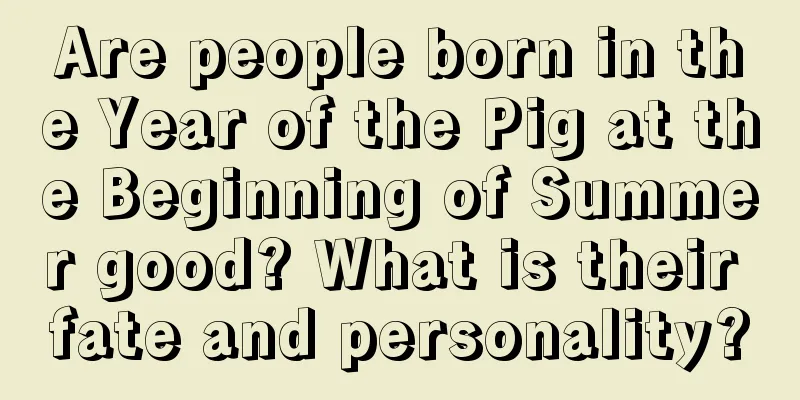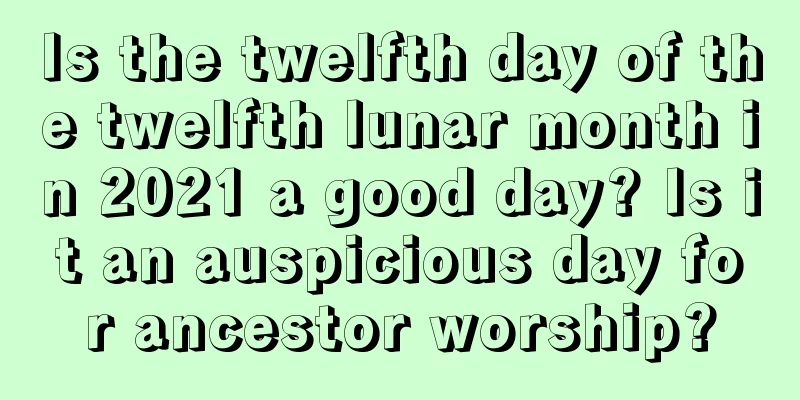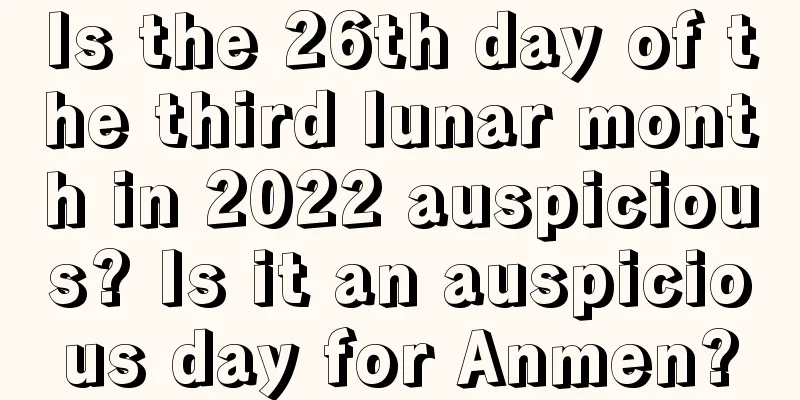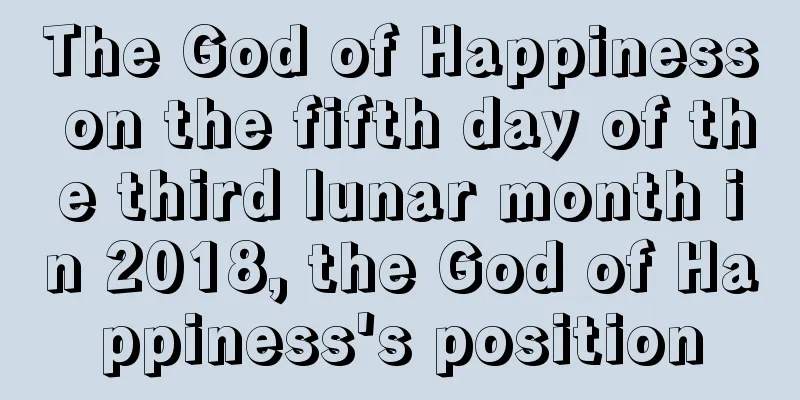Introduction to the Winter Solstice Solar Term, What Does the Winter Solstice Represent?
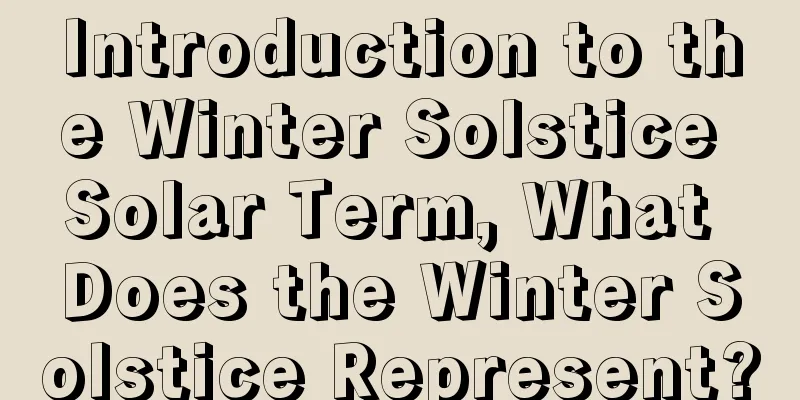
The Winter Solstice is a very important solar term in the Chinese lunar calendar and also a traditional festival. Up to now, many places still have the custom of celebrating the Winter Solstice. Every day has good and bad, auspicious and inauspicious days. If you want to know more about the auspicious and inauspicious days in November of the lunar calendar 2018, please pay attention to the relevant articles about November of the lunar calendar 2018 compiled by Shuimoxiansheng.com!Winter Solstice Introduction:The Winter Solstice is a very important solar term in the Chinese lunar calendar and also a traditional festival. Up to now, many places still have the custom of celebrating the Winter Solstice. The winter solstice is commonly known as the "Winter Festival", "Longest Day Festival", "Second Year", etc. As early as the Spring and Autumn Period more than 2,500 years ago, my country had used a gnomon to observe the sun and determine the arrival of the winter solstice. It was the earliest of the 24 solar terms. The time is between December 22nd or 23rd of the Gregorian calendar every year.The winter solstice is the day with the shortest daylight and longest night in the northern hemisphere throughout the year. After the winter solstice, the daylight will become longer day by day. The ancients said that the winter solstice is when the yin reaches its extreme, the yang begins to be born, the sun reaches its southernmost point, the day is at its shortest, and the shadow is at its longest, so it is called the "winter solstice." After the winter solstice, the climate in all regions enters the coldest stage, which is often called "entering the nines". There is a saying among the Chinese people that "it's cold in the nines and hot in the three fus". In ancient my country, the Winter Solstice was taken very seriously and regarded as a major festival. There was a saying that "The Winter Solstice is as important as New Year's Day", and there was a custom of celebrating the Winter Solstice. The Book of Han said: "On the winter solstice, the yang energy rises and the emperor's reign is prolonged, so it is celebrated." People believed that after the winter solstice, the days would get longer and longer, and the yang energy would rise, marking the beginning of a solar term cycle and an auspicious day that should be celebrated. "Book of Jin" records that "On the winter solstice in the Wei and Jin dynasties, the emperor received congratulations from all countries and officials...the ceremony was second only to that of New Year's Day." This shows the importance of the winter solstice in ancient times. Nowadays, some places still celebrate the Winter Solstice as a festival. In the northern regions, there is a custom of slaughtering sheep and eating dumplings and wontons on the Winter Solstice. In the southern regions, there is a custom of eating Winter Solstice rice balls and long noodles on this day. In various regions, there is a custom of offering sacrifices to heaven and ancestors on the day of the winter solstice. What does the Winter Solstice represent?The winter solstice falls on December 22 or 23 of the Gregorian calendar every year, marking the official arrival of winter. The ancients said that the winter solstice is when the yin reaches its extreme, the yang begins to be born, the sun reaches its southernmost point, the day is at its shortest, and the shadow is at its longest, so it is called the "winter solstice." After the winter solstice, the climate in all regions enters the coldest stage, which is often called "entering the nines". There is a saying among the Chinese people that "it's coldest in the nineteenth day and hottest in the three fu days". The winter solstice is the day with the shortest day and longest night in the northern hemisphere throughout the year. Modern astronomical science has determined that on the winter solstice, the sun is directly above the Tropic of Capricorn, and the sunlight is most inclined towards the northern hemisphere. The day in the northern hemisphere is the shortest and the night is the longest. After the winter solstice, the sun gradually moves northward, and the daytime becomes longer day by day. |
Recommend
Is it possible to get married on the 17th day of the 12th lunar month in 2021?
You need to choose an auspicious day to get marrie...
Where is the direction of the God of Happiness on the seventh day of the fifth lunar month in 2020?
Where is the direction of the God of Happiness on...
A list of auspicious days for bed installation in September of the lunar calendar 2018!
Introduction: In our country’s tradition, it is al...
Is March 26th of the lunar calendar in 2022 an auspicious day? Is it suitable for traveling?
The third month of the lunar calendar arrives in t...
Is it okay to pray on the fourth day of the eighth lunar month in 2019? Are there any taboos in praying?
Is it okay to pray on the fourth day of the eighth...
Lunar May 23, 2018
The fifth month of the lunar calendar is consider...
Can’t I get a haircut on the Grain in Ear Day? What can’t be done during Grain in Ear?
Compared with other solar terms in the 24 solar te...
Where is the God of Wealth on the 27th day of the first lunar month in 2019? Check the God of Wealth's location
The first month of the lunar calendar is more com...
Can I go back to my parents’ home on March 3rd? Why can’t I go back to my parents’ home on March 3rd?
Introduction: In our country’s tradition, many fes...
Is it good to be born on October 24, 2018 in the lunar calendar? Analysis of Libra Dog Men!
Introduction: Different people are born with diffe...
Recommended list of auspicious days for ancestor worship in May of the lunar calendar in 2021
It is also necessary to choose a good time to wors...
Analysis of the fate and fortune of the Rabbit born in the Lesser Heat solar term
Lesser Heat usually belongs to the first of the th...
What festival is on the 25th day of the twelfth lunar month in 2019? Is it a good day to pray for a child?
What festival is on the 25th day of the twelfth lu...
What day is the third day of the second lunar month in 2020? What month and date is it?
The third day of the second month of 2020 is the ...
Daily position of the God of Wealth - Position of the God of Wealth on the 13th day of the fourth lunar month in 2020
The daily position of the God of Wealth is differ...
